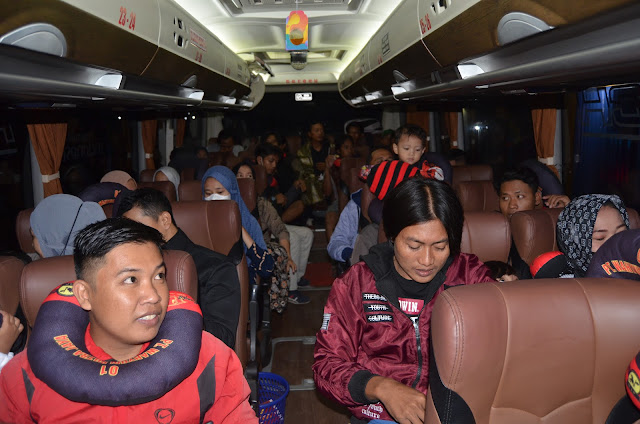Initially pursued as one of the most surprising consequences of the concept of entanglement in quantum information science, quantum teleportation has been increasingly investigated as a basic element for various applications in quantum technology over the course of the last couple of decades. The photonic implementation of the protocol is essential to the exchange of qubits over long distances and in fully-fledged quantum networks. Which technical platform has the better potential for bringing these applications to reality is still a questionbopen for debate, even in the light of the impressive achievements reached with state-of-the-art solutions. One of the main requirements concerns the generation of entangled photons. In order to reduce losses and enable more complex functionalities, a deterministic photon source would be a fundamental asset, which is a major obstacle for probabilistic sources. Semiconductor quantum dots (QDs) are a promising candidate for achieving on-demand operation. They can produce photon pairsin a nearly deterministic fashion with extremely low multiphoton emission and potential operation rates up to the GHz regime, even under electrical pumping. As the light collection efficiency of the source and the degree of entanglement18 of QD-based photon sources is constantly improving, their performance is closing the gap with spontaneous parametric downconversion.
In recent years this series of achievements has led to seminal demonstrations of quantum teleportation using entangled QD photons to transfer qubits encoded in either an attenuated laser pulse or a single photon generated on demand by the same QD23. While these results paved the way for a following generation of four-photon experiments, imperfections of the source still played a significant role forcing to either work at low values of protocol fidelity or with narrow temporal post-selection. Dealing with these hurdles is especially relevant when considering the future roadmap for QD-based quantum communication, which inevitably points at remote QDs, posing additional demands on photon indistinguishability. While these challenges keep motivating research on the QD fabrication, dealing with imperfect sources will certainly be mandatory in real-life applications. So far, little is known on the role of specific QD imperfections on the performance of quantum communication protocols. In this work, we study in detail the impact that imperfections in the entangled photon source have on the success of the quantum teleportation operation. We investigate different schemes, comparing the simplest that selects only one out of the four Bell states to the one that implements a polarization-selective Bell state measurement (BSM). We find that these approaches notnonly differ in the protocol efficiency but, remarkably, also in the teleportation fidelity, by removing unwanted coincidences of distinguishable photons. Their performance can be further improved when moderate spectral filtering is applied. To show the relevance of our approach, we present our results using a below-par QD, i.e., one whose figures of merit (in terms of entanglement and indistinguishability) are below the average value found on the same sample. In this case, the average teleportation fidelity can be brought from below the classical limit—that is, failure ofthe protocol—to values as high as 0.84. The experimental results are supported by a detailed theoretical model that explains how the imperfections of the source can be mitigated by the choice of the protocol. Our work thus shows that the search for the perfect QD can be avoided and that the current quality of state-of-the-art QD entangled-photon sources is not so far from the more stringent requirements set by secure quantum communication applications.
Efficient all-photonic quantum teleportation requires fast and deterministic sources of highly indistinguishable and entangled photons. Solid-state-based quantum emitters—notably semiconductor quantum dots—are a promising candidate for the role. However, despite the remarkable progress in nanofabrication, proof-of-concept demonstrations of quantum teleportation have highlighted that imperfections of the emitter still place a major roadblock in the way of applications. Here, rather than focusing on source optimization strategies, we deal with imperfections and study different teleportation protocols with the goal of identifying the one with maximal teleportation fidelity. Using a quantum dot with sub-par values of entanglement and photon indistinguishability, we show that the average teleportation fidelity can be raised from below the classical limit to 0.842(14). Our results, which are backed by a theoretical model that quantitatively explains the experimental findings, loosen the very stringent requirements set on the ideal entangled-photon source and highlight that imperfect quantum dots can still have a say in teleportation-based quantum communication architectures.
Fig. 1 Main properties of the investigated QD. a Photoluminescence spectrum of the investigated QD under resonant two-photon excitation of the XX state. In the central inset, the radiative cascade process is sketched with its energy diagram. b Real part of the experimental density matrix which describes the polarization state generated via the XX-X cascade in the rectilinear basis. c Intensity correlation histogram (blue dots) recorded in a HOM experiment on X photons with a relative emission delay of 1.8 ns. The data are fitted with the sum of five Gaussian functions convoluted to an exponential decay (red line), sharing the same FWHM. The fitted area of the side peaks is highlighted. The estimated interference visibility is also reported.
Fig. 2 Quantum teleportation using a QD photon emitter. Schematic illustration of the quantum teleportation setup. The BSM is implemented as shown in the dashed box, with a non-polarizing beam splitter (BS) followed by two polarizing beam splitters (PBS) at its output ports, allowing for the detection of two different Bell states. In the solid boxes we highlight the setup variations compared in this work. The detectors on the same side of the BS can be grouped to simulate the simpler procedure without polarization-selective elements. The X photons can be filtered with an etalon whose bandwidth is approximately twice the radiative linewidth of the QD emission.




















